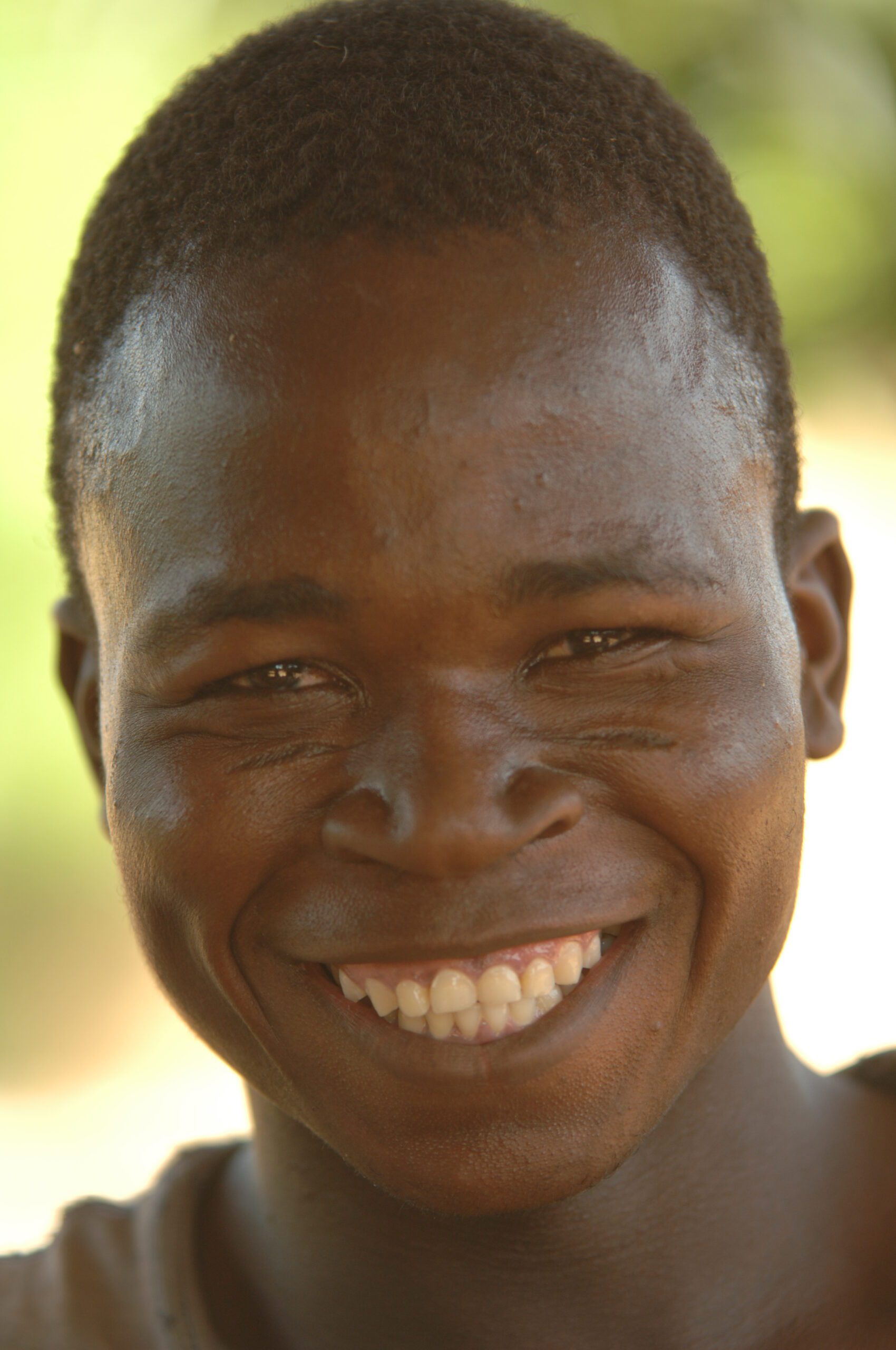Ya Ya Sebre is from Ouamani. [NIKON D2X, AF Zoom 70-200mm f/2.8D, ISO 200, ƒ/2.8, 1/250, Focal Length = 225]
I have been to Burkina Faso and Ghana, located in West Africa. In Burkina Faso alone, there are over 82 different groups, each with a foreign language.
While French is the official language of the country—not everyone speaks it.
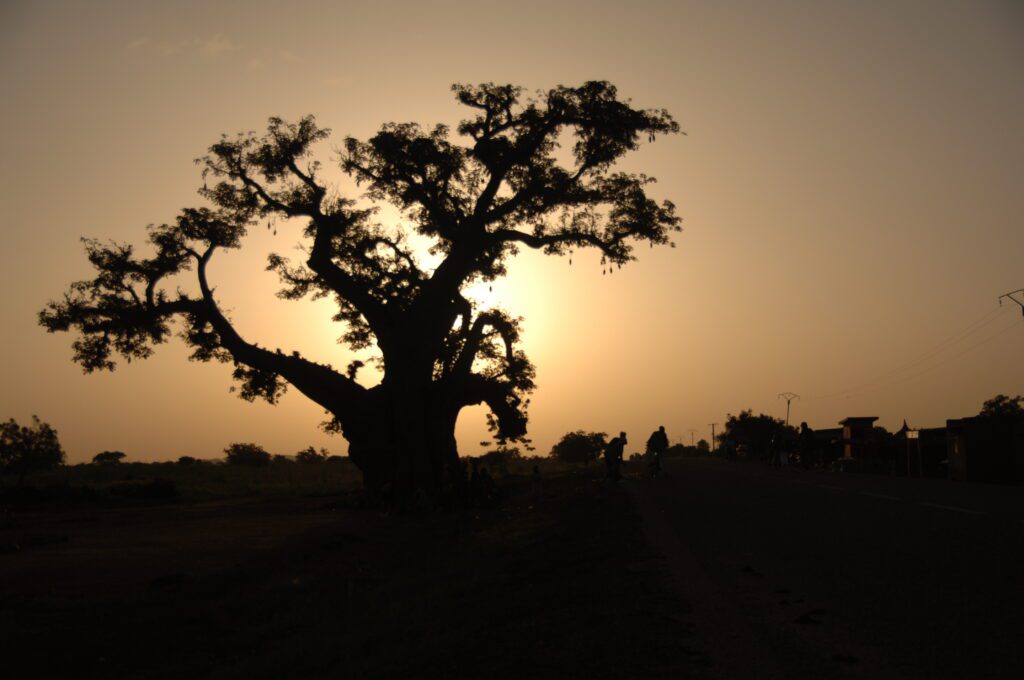
So, how do you take photos with a language barrier?
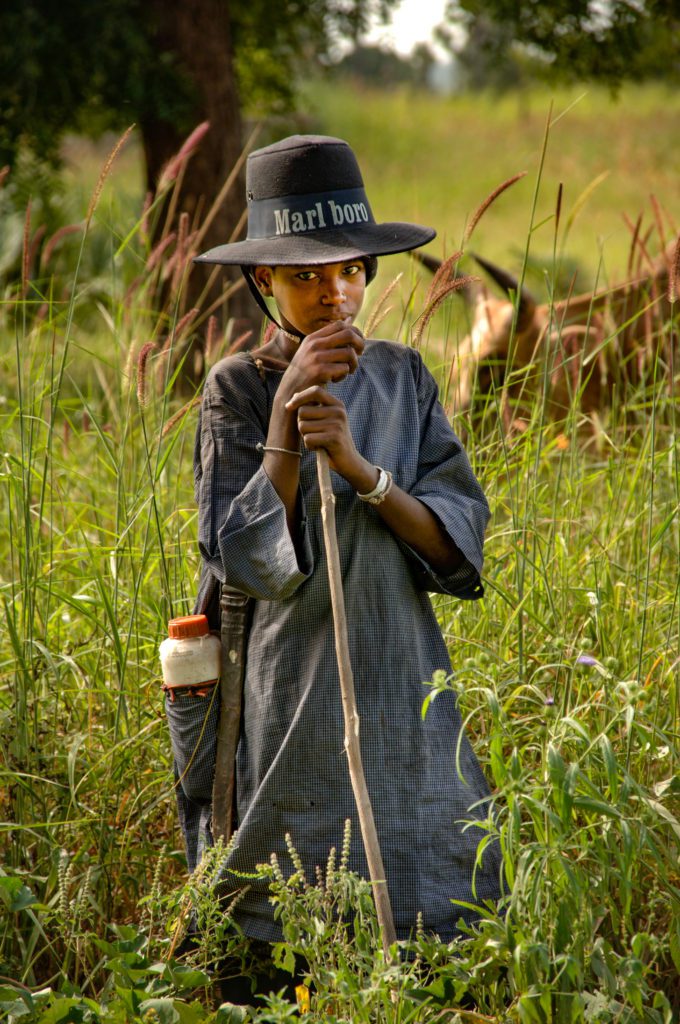
The best way to approach these golden opportunities in an exotic location is to keep it simple. You want to spend all your time developing relationships with the people—not fidgeting with your equipment. Preplanning helped me to concentrate on communication and not my equipment once in West Africa.
What are the elements for a good photo? Well, the Washington Post’s photo editors use this hierarchy for picture selection:
- Informational
- Graphically Appealing
- Emotional
- Intimate
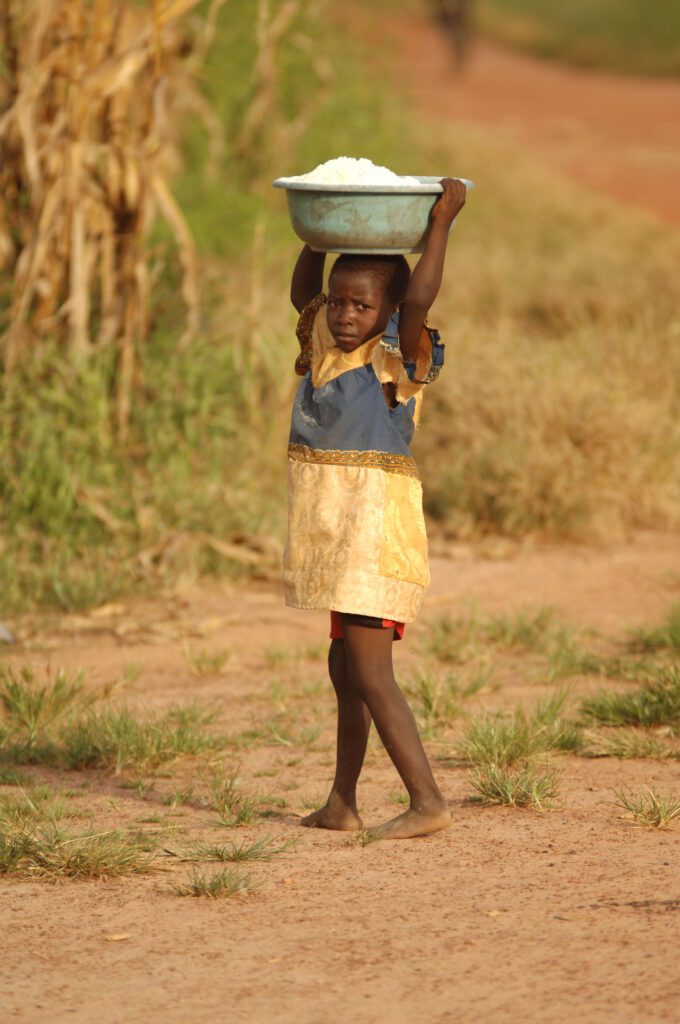
The photos which just have documented the scene and look pleasing like a postcard often lack the last two elements of the hierarchy. These are wrapped up in understanding the universal language of body language. Body language was all they had during the silent movie days, but it still worked and kept people laughing and crying.
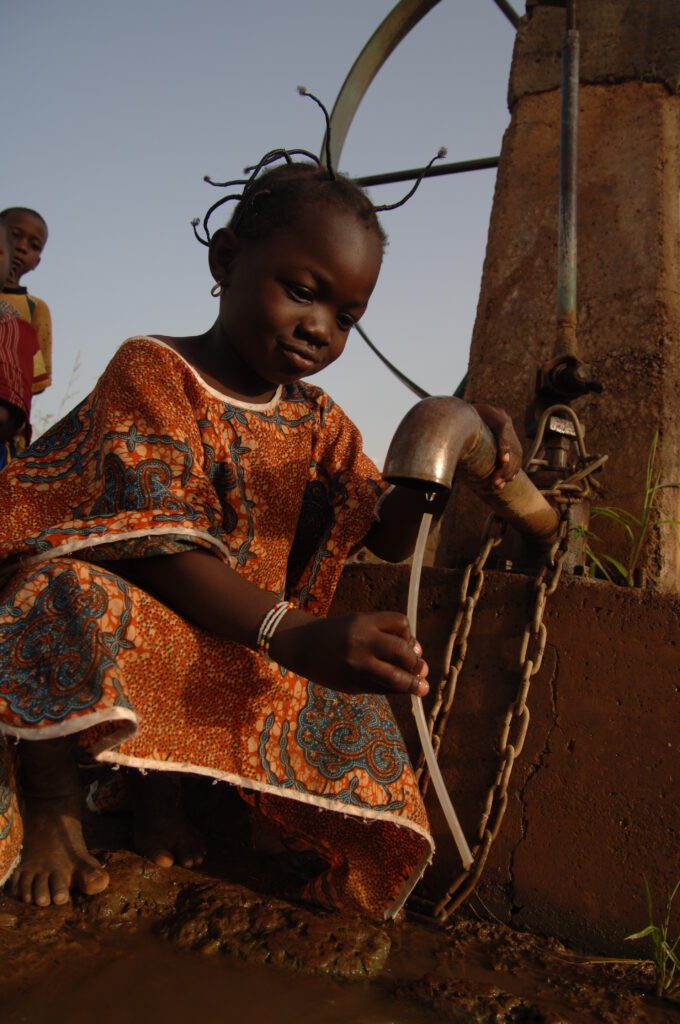
Photographers who shoot those award-winning journalistic photos concentrate on capturing people’s body language.
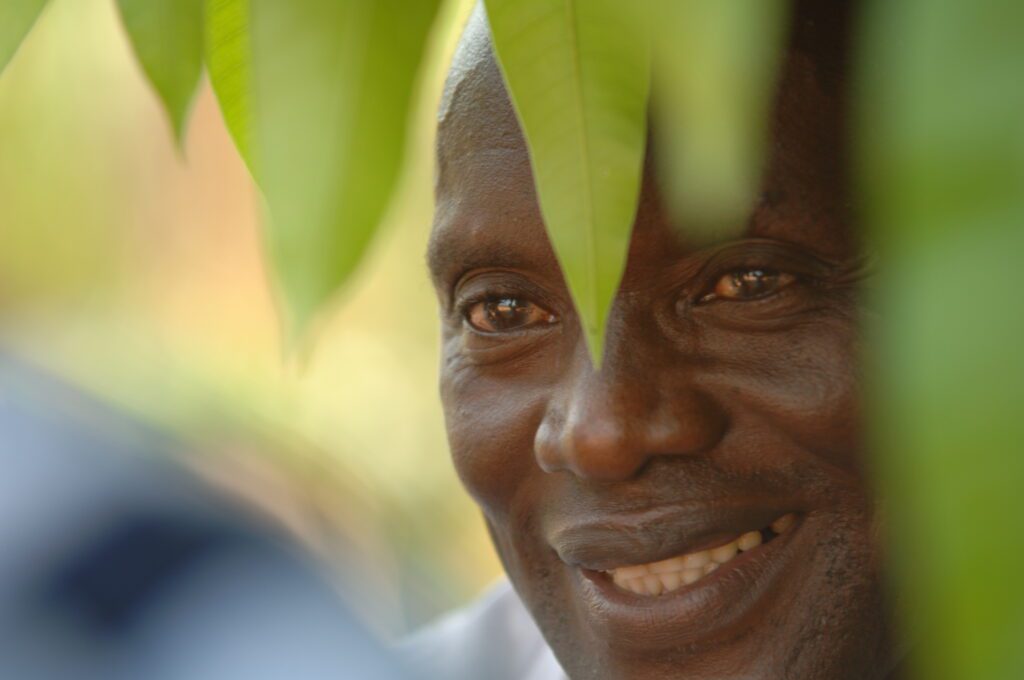
Smiles mean pretty much the same the world over. However, there is much more than just the obvious in body language. A tilt in the head or someone leaning in versus hands crossed all communicate something different. Learning to recognize these subtleties will only help you with half the equation.
You also need to know what your body language is communicating.
You may want to watch your facial expressions in the mirror before you try them on strangers. Knowing how you are perceived will give you the best advantage to put people at ease and get the most cooperation possible.

Before snapping photos of people, take the time and communicate with them as much as possible. If you do this first, your photos will be much better because you have established a relationship from which you can get their cooperation. Photographs that meet the highest standards of intimacy require the subject to let you into their world.
If you want to read more on this subject, there are many books available like “How to Read and Use Body Language” by Anna Jaskolka.

Just remember to travel light and emphasize the critical stuff—body language—the subjects, and yours.

